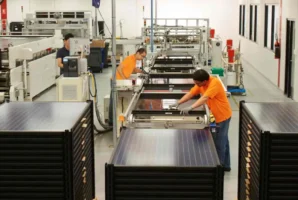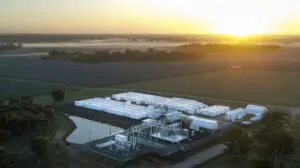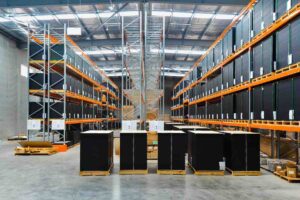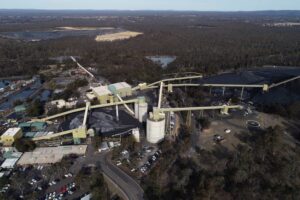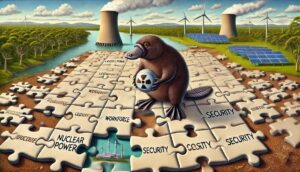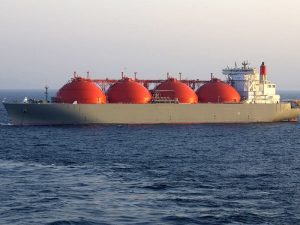Australia’s first utility-scale vanadium flow battery is to be built in South Australia and will demonstrate the potential for medium duration battery energy storage on the national grid.
The $20.3 million project, which is being developed by Yadlamalka Energy near Hawker in South Australia, will co-locate a 2MW/8MWh vanadium flow battery with a 6MW solar array at the Neuroodla electricity substation.
The Australian Renewable Energy Agency said on Friday it has granted $5.7 million in funding to support the installation of the battery component of the project, which is being supplied by UK-based Invinity Energy via a contract awarded last month.
Yadlamalka Energy – an entity founded by former senior McKinsey analyst Andrew Doman and named after his Port Augusta sheep and cattle station of the same name – says the project aims to supply a combination of services to the grid, including time-shifting power from midday to peak periods, and boosting stability via the Frequency Control Ancillary Services (FCAS) market.
To this end, Habitat Energy, a partner in the project, will use its proprietary optimisation platform that predicts electricity prices for every five minute auction period based on weather forecasting of renewable energy availability and machine learning models of supply and demand.
Vanadium flow battery systems, while larger and less nimble than their lithium-ion brethren, have various key advantages over other chemistries, including longer-duration energy storage capacities and a non-degrading asset with virtually zero capacity loss over the lifetime of the asset (25-years).
As Yadlamalka Energy notes on its website, the battery technology shares many key pumped hydro storage characteristics, but with the additional benefit of sub-second response to external signals, enabling it to tap into FCAS markets.
Another key benefit in often harsh Australian environments like Port Augusta, is the zero fire risk. And the vanadium electrolytes can be reused when the battery is no longer needed.
For ARENA, the technology holds particular interest, having been identified by the Australian Energy Market Operator (AEMO), as well as in the federal government’s first Low Emissions Technology Statement, as a potentially scalable and flexible solution for medium-duration storage.
“The strong uptake of variable renewable energy like solar PV and wind has highlighted the need for increased energy storage and vanadium flow batteries could play a major role in addressing this need, complementing the role of more established technologies such as pumped hydro energy storage and lithium ion batteries in the Australian market,” said ARENA CEO Darren Miller on Friday.
“We look forward to working with Yadlamalka Energy on this exciting project to demonstrate the benefits of flow batteries connected to the grid, particularly the ability to shift the dispatch of renewable energy into the evening when consumer demand is highest.”
Andrew Doman, the chair and founder of Yadlamalka said ARENA’s contribution to the project was critical to its ability to proceed.
“Yadlamalka Energy is committed to developing renewable technology solutions to enable a sustainable energy future,” Doman said.
“This project will provide vital support for the electricity grid in South Australia, which relies heavily on intermittent renewable energy sources, leaving it vulnerable to unexpected changes in sunshine and wind.”
Invinity said the system would comprise 41 ‘Invinity VS3’ flow batteries, and was expected to be delivered during the second half of 2021, subject to planning permission.
“Time and again, Australia has shown leadership in the adoption of game-changing energy technologies, and Yadlamalka Energy’s and ARENA’s joint vision for this project is right in line with that impressive history,” said Invinity CEO Larry Zulch on Friday.
“Vanadium flow batteries are increasingly recognised as a robust, reliable and proven way of making renewable energy truly dispatchable at grid scale. We look forward to working with Yadlamalka Energy and ARENA on this latest example of Australian energy leadership.”


